GOLF’s 2017-18 ranking of the Top 100 Courses in the World

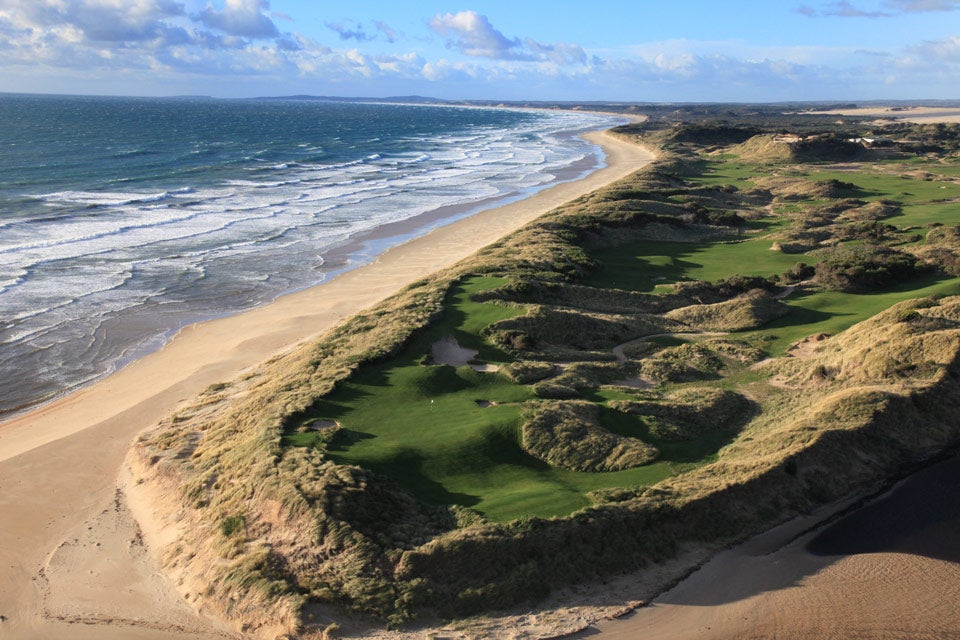
Bridport, Australia Bill Coore/Ben Crenshaw, 2010
The companion to Barnbougle Dunes yields a Bill Coore/Ben Crenshaw design that differs from its Tasmanian sibling in that its huge dunes run both parallel and perpendicular to the ocean, so holes play up and over the dunes, as well as between them. The exposed, gorgeous par-3 4th that juts out to the tip of Sally's Point invites comparisons to Pebble Beach's 7th.
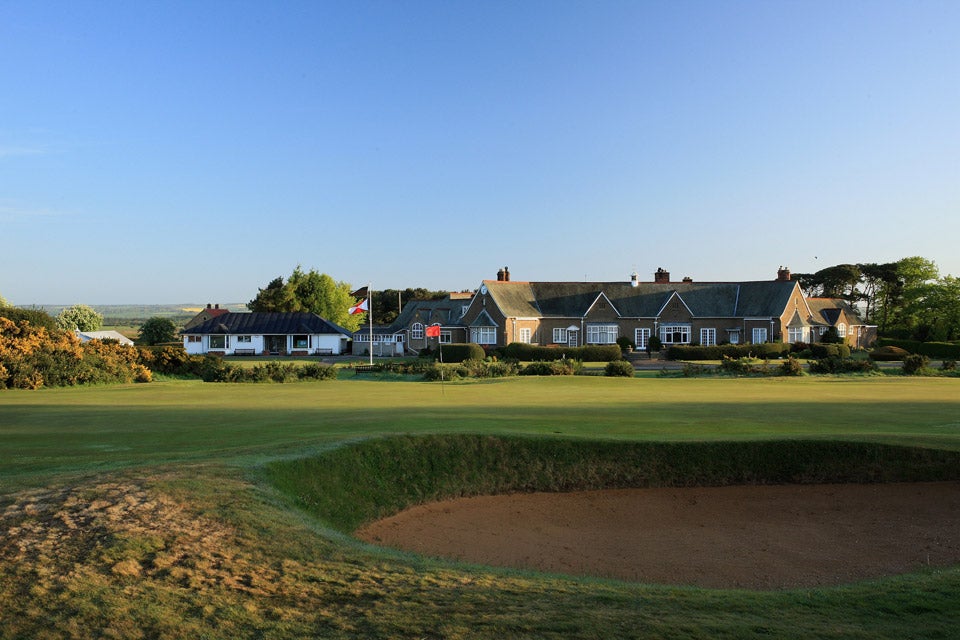
Ganton, England Harry Vardon, 1905
Venue for the 1949 Ryder Cup, Ganton excels via its rural setting in the Yorkshire countryside, via its stern, brilliantly conceived bunkering and via its consistently excellent par-4s. Frequent changes of direction in the routing, firm, fast-running fairways, gorse patches and a compelling set of finishing holes combine to form one of the world's great inland links.
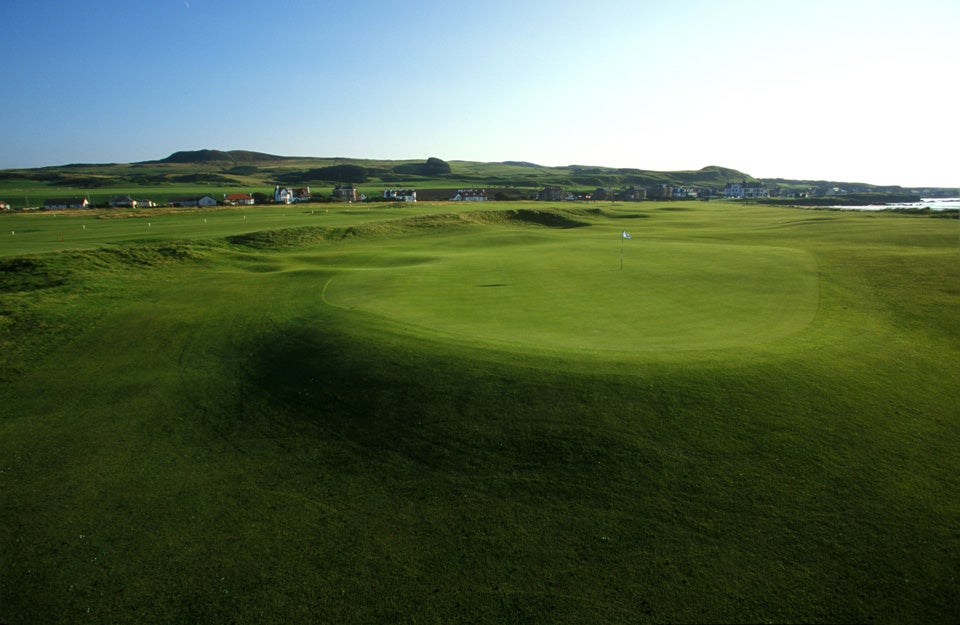
Machrihanish, Scotland Charles Hunter/Old Tom Morris, 1876/1879
This remote Old Tom Morris design entrances more for its ambience than for its challenge. Known for its enchanting opening hole that demands a drive over the beach, Machrihanish provides a gleeful romp through shaggy sandhills on the front nine. The closing stretch is a letdown, yet the Kintyre Peninsula wind and scenery makes for a complete test overall.
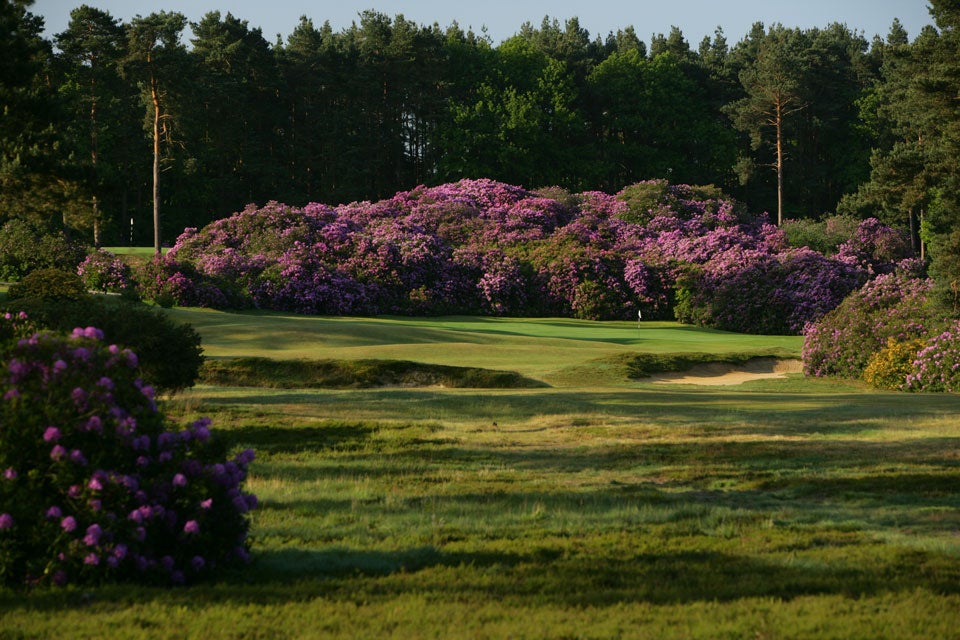
Ascot, England H.S. Colt, 1910
England's Harry S. Colt, one of the giants of early 20th Century architecture, called this 1910 design 'the least bad course' he had ever built, proving as Tom Doak memorably puts it, he 'was no Muhammed Ali when it came to self-promotion.' One of the most lightly played private clubs in Britain, this quiet enclave features wide, wooded fairways, gigantic bursts of rhododendrons in springtime and a back tee yardage under 6,100. Yet, par is only 68 and matching it requires excellent ball-striking, due primarily to a series of meaty par-4s.

Holyoke, Colo. Tom Doak, 2006
Tom Doak's 2006 design in the remote, treeless prairie of northeastern Colorado plays like a links, hard and fast, with sandhills, fescues and a different wind every day. The 335-yard, par-4 7th is one of golf's great short holes, drivable for some, and with its skillfully placed bunkers and wickedly contoured, E-shaped green, interesting for all others, no matter the distance of the second shot.
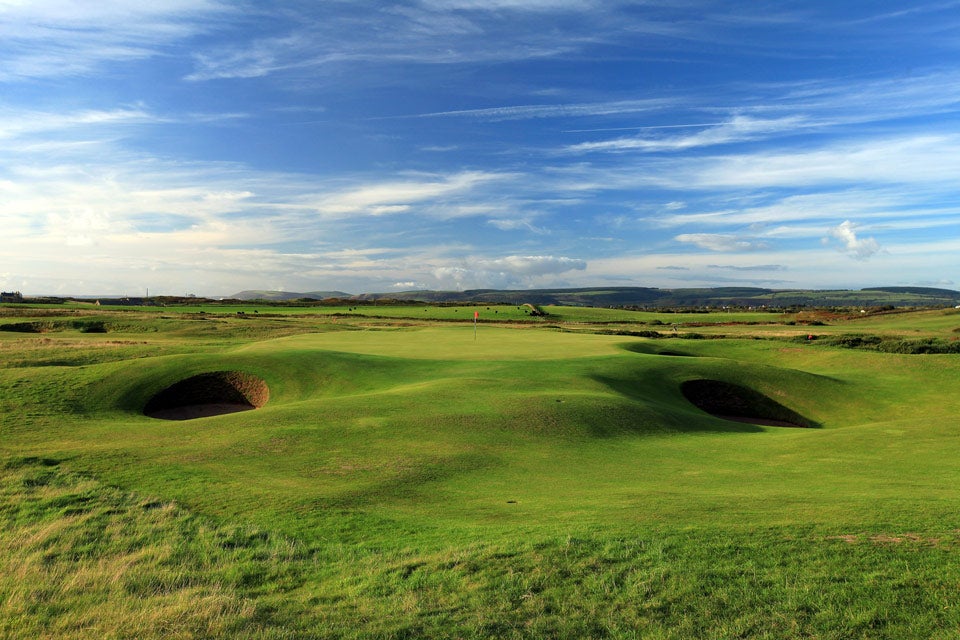
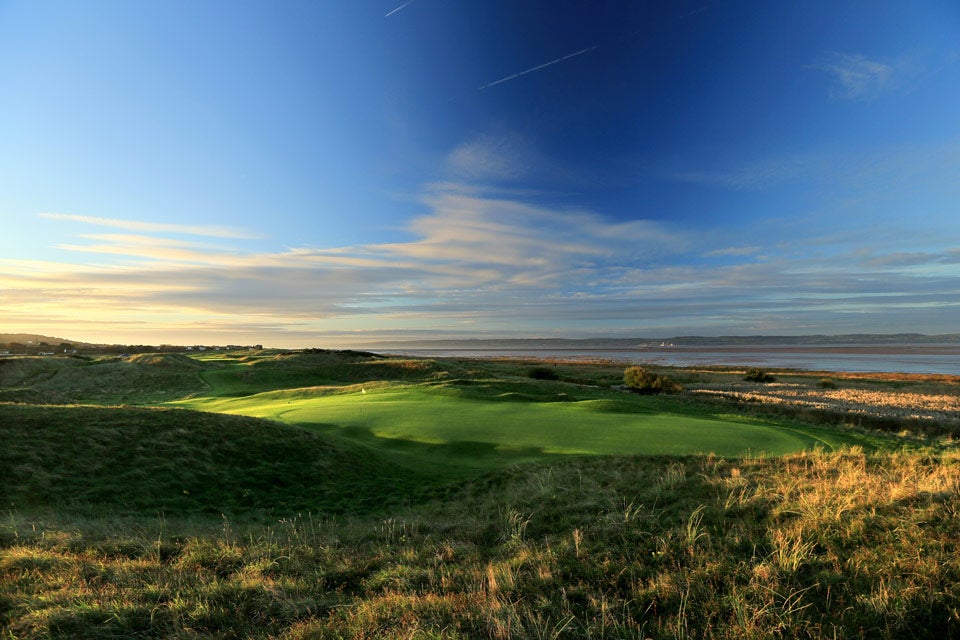
Hoylake, England George Morris, 1869
'Hoylake,' as it's popularly known, hosted its 12th Open Championship in 2014. It's is not a pretty course. There are no lighthouses, or mountains or wild majestic undulations. Its fairways are flat, its vistas bleak. There's internal out-of-bounds all over the lot. Yet, when the wind is up, it's one of earth's fiercest links, one that requires supreme shotmaking.
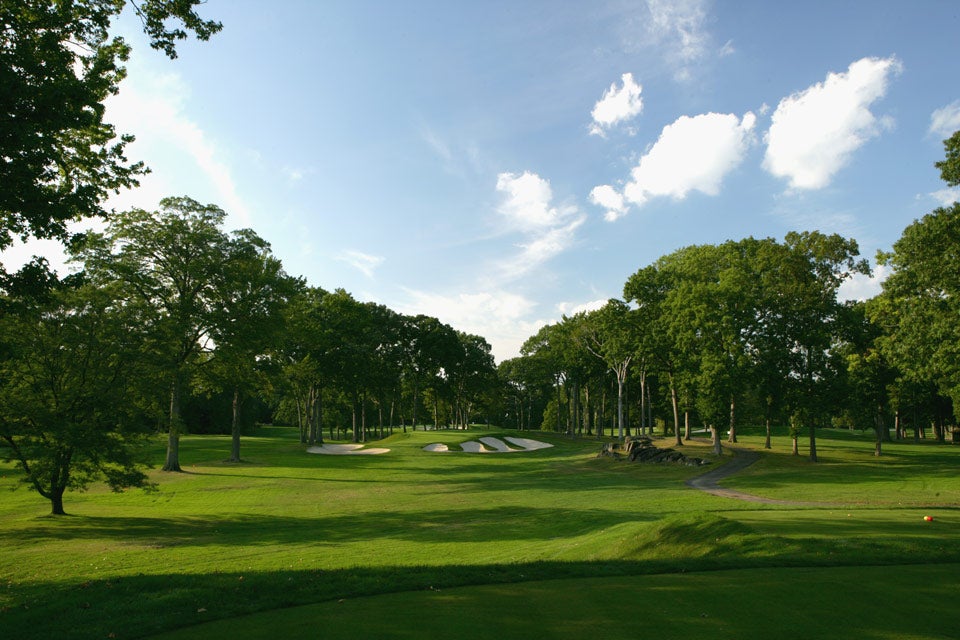
Mamaroneck, N.Y. A.W. Tillinghast, 1923
Neither as long nor as tough as its illustrious West sibling, the East course is no stranger to big-time events. It witnessed Roberto DeVicenzo claim the very first U.S. Senior Open here in 1980. A 2015 restoration by Gil Hanse put back many of the most ingenious green contours that had been lost or changed over time.
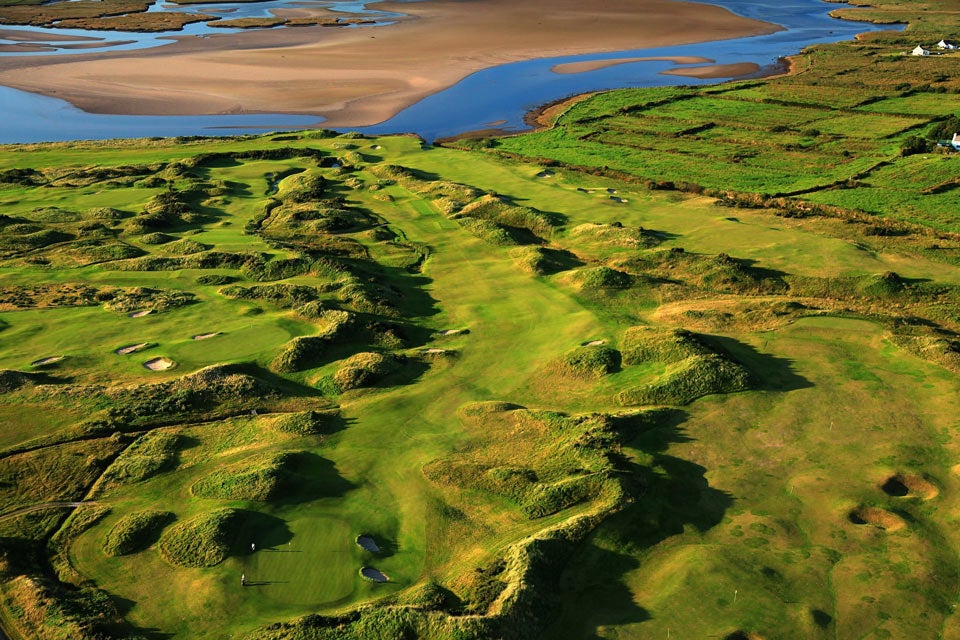
Waterville, Ireland Eddie Hackett, 1973
Waterville's slithering par-5 11th, hemmed in by dune ridges and its seaside par-3 17th, with a back tee isolated by dense vegetation and backdropped by MacGillycuddy's Reeks, are both world-class. A 2006 renovation by Tom Fazio helped balance the two nines by removing some artificial features and blending new features into existing dunescape.

Wassenaar, Netherlands H.S. Colt/C.H. Alison/Frank Pont, 1938/2007
Better known to English speakers as 'The Hague,' The Netherlands' first Top 100 contribution, is a 1938 H.S. Colt/C.H. Alison/J.S.F. Morrison creation that replaced the club's old course which was destroyed in World War II. Chaotically heaving fairways amid substantial dunes and inland forests set the tone for a remarkable lay-of-the-land journey.
